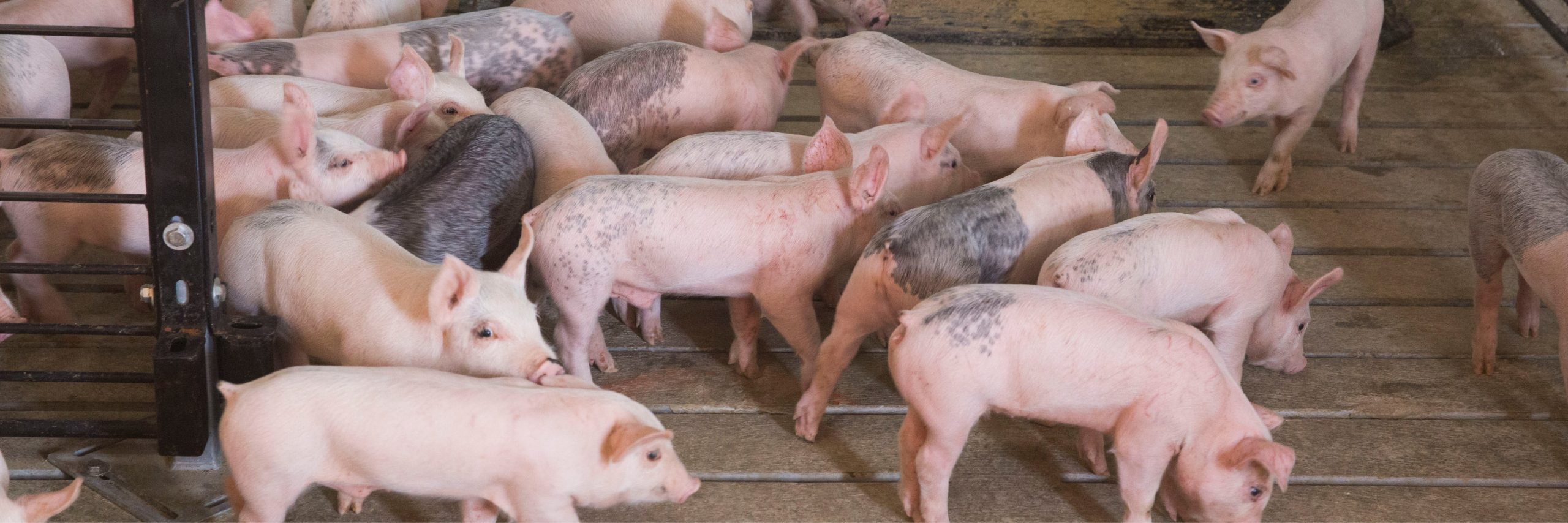Keeping Sows Cool Has Long Term Benefits
Sows and gilts experience heat stress as summer temperatures rise. The effects of heat stress continue well beyond managing those few steamy summer days. Heat stress may reduce breeding success and reduce the upcoming litter size and health. Sows and gilts can be very sensitive to heat stress once temperatures climb above 80° F.
These stresses manifest themselves in several ways. As the temperature rises, so can sow and gilt body temperatures. A sow’s average body temperature ranges between 100-103° F. Their thermo-neutral temperature or that which is ideal for comfort and productivity is 80° F or lower.
But because hogs have no sweat glands to cool themselves, when conditions get hot and sticky, their body temperatures rise. That can result in a drop in appetite and feed intake, especially during lactation. Sows who are warm and eating less tend to lose weight, which can affect pig weaning weights, breeding schedules, and subsequent farrowing rates and litter sizes (Rix and Ketchum, 2010).
Symptoms of heat stress include increased respiratory rates/panting, reduced activity, lying stretched out on the floor or in contact with cooler surfaces, and excessive water intake.
6 Key Factors to Heat Stress Management
Manage the Environment
- Access to well-functioning water – check water nipple function and size
- Airflow/quality – check building insulation and insulation
- Space – make sure there is adequate floor space for sprawling and contact cooling
Ensure Feed Quality and Availability
- Keep feed fresh
- Increase nutrient density
- Increase energy in ration
Artificial cooling systems such as water sprinklers may help minimize heat stress symptoms. Cooling systems do not be fancy or expensive but must be reliable and consistent. A farrow-to-finish swine farmer in the Netherlands, John Van Paassen, was a 2019 innovation award winner for his sow heat stress invention.
He developed a high-pressure fogging system for use in his barns to keep sows cool. The fogging system can cool down incoming air by up to 5%. Monitoring relative humidity and air temperatures together allow producers to manage the animal’s effective environmental temperature.
References used to help write this blog:


